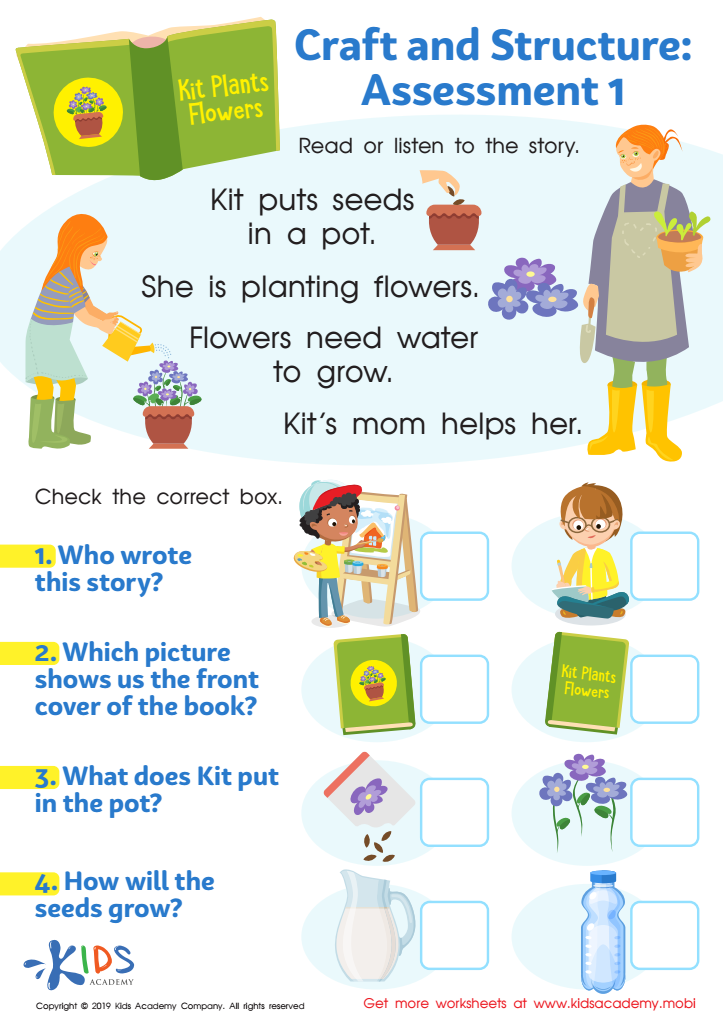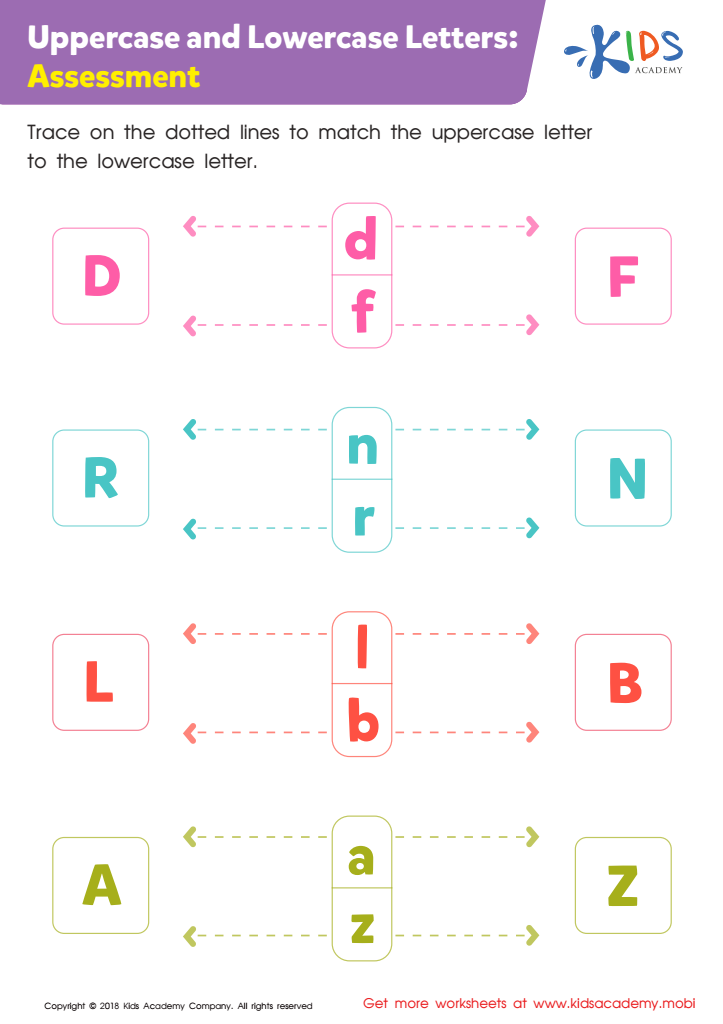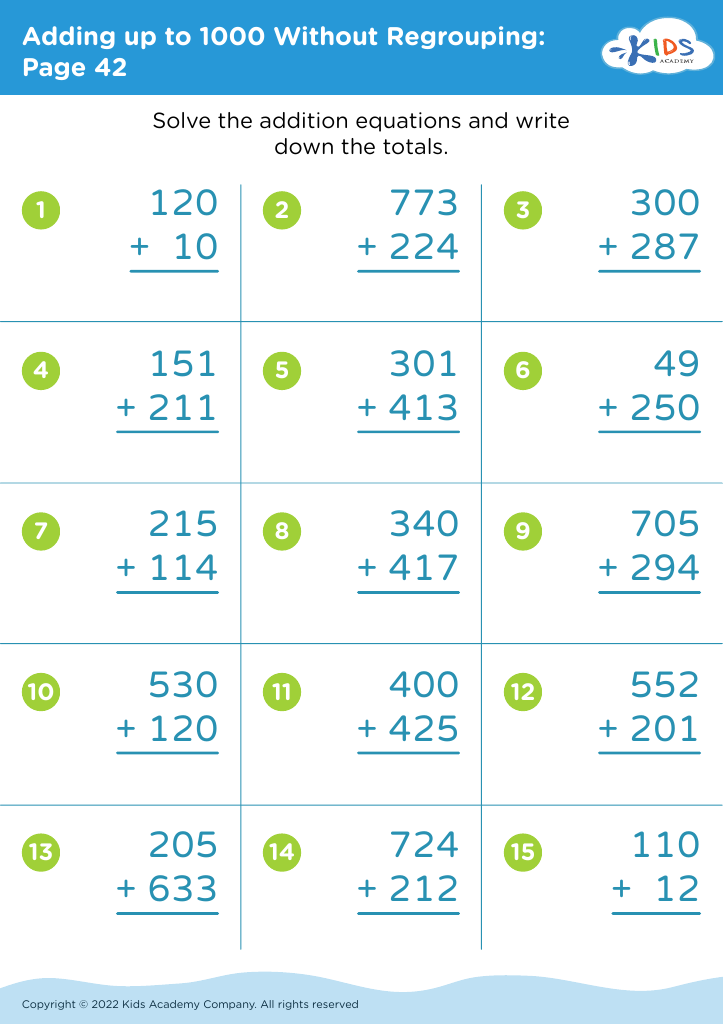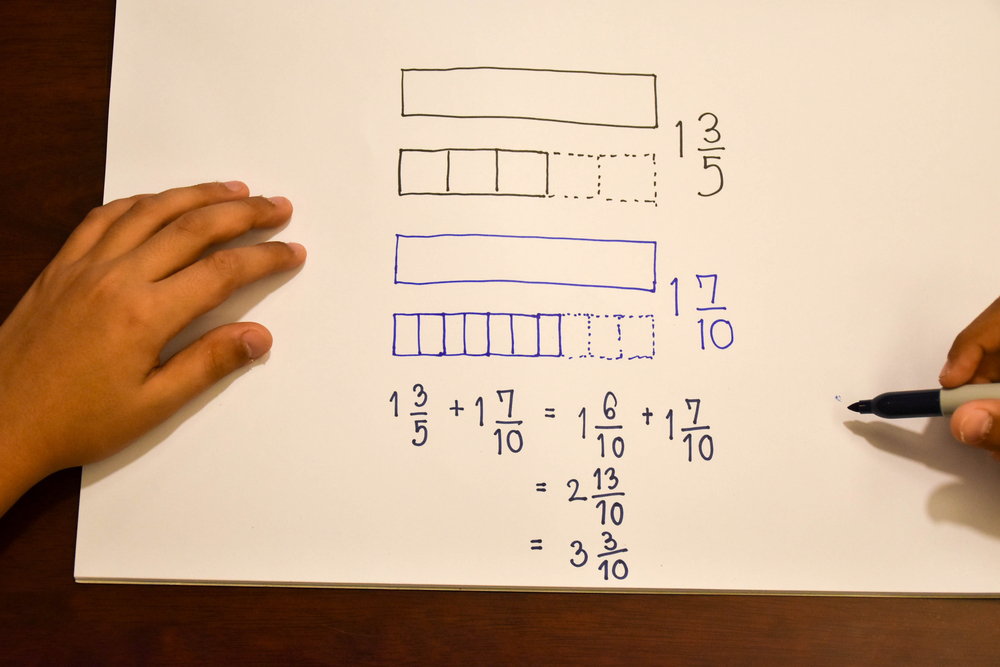Identifying characters Worksheets for Kids
3 filtered results
-
From - To


Craft and Structure: Assessment 1 Worksheet


Uppercase and Lowercase Letters: Assessment Worksheet
Question/Answer
How does the mastery of the Identifying characters skill affect a student's performance at an early age?
The mastery of the Identifying Characters skill at an early age significantly enhances a student's reading comprehension and storytelling abilities. It helps in building a deeper understanding of narratives by recognizing and differentiating between characters, leading to improved literacy skills, richer imagination, and better academic performance in language arts and beyond.
How to test a Kindergarten student’s Identifying characters skills?
To test a Kindergarten student's Identifying characters skills, use picture books or short stories. After reading, ask the student to name the characters and describe them using simple details from the story, such as what they look like, what they did, or any distinct characteristics. This can assess their ability to recall and understand characters.
What does the Identifying characters skill mean when it comes to Kindergarten Lowercase/Small Letters learning?
The Identifying characters skill in the context of Kindergarten Lowercase/Small Letters learning refers to the ability of students to recognize and distinguish between different lowercase letters. It involves understanding the unique shapes and features of each letter, enabling children to accurately identify them in various contexts, such as in words or when written in different fonts or handwriting styles.

 Assign to the classroom
Assign to the classroom












